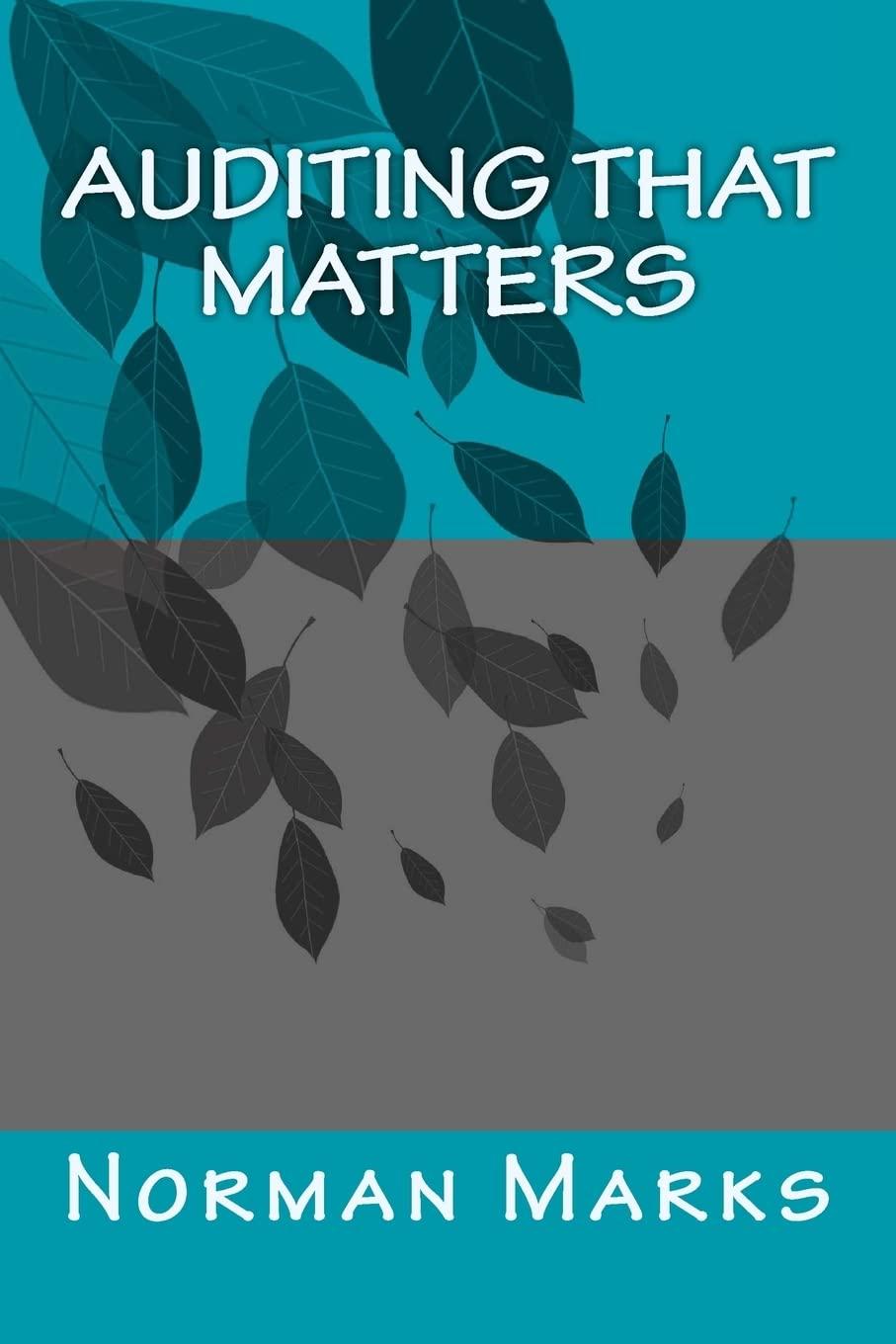Question
Congratulations! While cleaning out your attic, you discovered a box of vintage T-shirts of a formerly famous character/celebrity who is suddenly popular again. Youd like
Congratulations! While cleaning out your attic, you discovered a box of vintage T-shirts of a formerly famous character/celebrity who is suddenly popular again. Youd like to sell these T-shirts in a flash online sale, but youre not sure what price to set to make the most profit. If you set the price too high, you will earn more per shirt, but may sell too few to make a good profit. On the other hand, if you set the price too low, you will sell more shirts, but may earn too little per shirt. There is a sufficient number of shirts to satisfy all demand. Your pricing specialist has done substantial research on how online advertising affects T-shirt sales, and offers to run two types of campaigns for you: a banner ad campaign and a targeted email campaign. The specialist tells you that the number of T-shirts you will sell is given by the following formula: Quantity Sold = (100 T-shirt Price + Square Root of Banner Dollars / 2 + Square Root of Email Dollars) The specialist informs you that you must set your shirt price to a minimum of $50. You must spend at least $100 on each campaign. You may spend up to $1000 dollars total on advertising (well call this the budget constraint). Finally, you must spend exactly as much on the banner campaign as the email campaign (well call this the balance constraint).
a) Use the GOMP to determine your objective function, decision variables, constraints, and optimal decisions. What is your optimal price, banner advertising spend, and email advertising spend? What is your profit under the optimal solution? Dont be concerned if in your solution you sell a fractional number of T-shirts.
b) Drop the balance constraint and re-solve your model. How much more profit do you earn by dropping the balance constraint?
c) Add the balance constraint back in but drop budget constraint and re-solve your model. How much more profit do you earn by dropping the budget constraint?
d) Now drop the balance constraint and the budget constraint and re-solve your model. How much more profit do you earn by dropping both constraints together?
e) Compare the value in d) against the sum of the values in b) and c). What does this tell you about the value of relaxing multiple binding constraints? Specifically, can you predict what will happen when you drop multiple binding constraints simply by summing the effects of dropping each one individually?
Step by Step Solution
There are 3 Steps involved in it
Step: 1

Get Instant Access to Expert-Tailored Solutions
See step-by-step solutions with expert insights and AI powered tools for academic success
Step: 2

Step: 3

Ace Your Homework with AI
Get the answers you need in no time with our AI-driven, step-by-step assistance
Get Started


